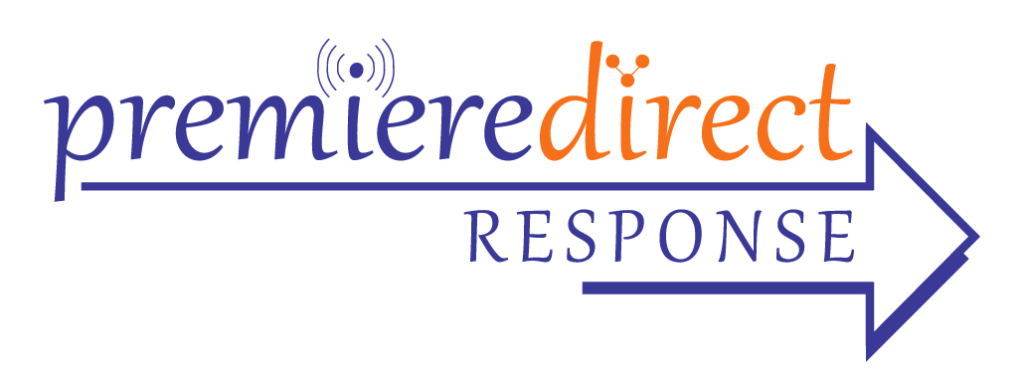Radio will out-perform overall traditional media in 2019, according to a preview of the latest Local Advertising Forecast from BIA Advisory Services. Even without the benefit of political advertising, radio is on track for 1.0% local revenue growth next year while traditional media as a whole is in line for a modest 0.6% decline. BIA’s new scorecard has radio among just three of seven traditional media channels in the plus column, joined by out of home (+3.6%) and direct mail which, surprisingly, remains the largest recipient of local ad dollars (+0.8%).
Four traditional media channels are forecast to lose ground in 2019, led by directories, which BIA says will tumble by 19.9%, followed by newspaper (- 5.2%) magazine (-4.5%) and TV ( -2.0%).
Online/digital’s share of local advertising continues to increase substantially. Yet while local ad dollars for online media are forecast to grow 13.1% next year, radio plays in that still-expanding arena. “Legacy traditional companies are becoming less traditional with each passing year,” BIA senior economist Mark Fratrik said during the firm’s “Share Of Ad Wallet” webinar Thursday. The numbers back that up as online radio, including both AM/FM simulcasts and pureplay like Pandora and Spotify, are poised for revenue growth of 11.7% in 2019. That makes online radio the third fastest growing digital media channel, trailing only mobile (+21.5%) and email (+12.1%).
Radio’s share of the local ad pie in 2019 will total 10.0%, according to the new forecast. BIA predicts over-the-air radio will capture 8.9% of the local ad market with another 1.1% share attributed to online radio. “Traditional media will maintain noticeable share,” Fratrik said. Over-the-air television will capture 11.8% of the local ad market next year, with another 0.9% coming from online television and cable getting 4.0%. Online/interactive will account for 14% of the local market.
As stations finalize budgets for 2019, the new BIA forecast provides a roadmap for where the biggest opportunities await. Six key categories will account for 70% to 80% of total local advertising in 2019. Retail advertising tops the list with 19.2% of total local ad dollars and a 4.5% growth rate in 2019. Financial/insurance, a category with a lot of momentum at radio, is second with 12.0% market share and 6.5% growth rate, followed by general services advertising (11.7% share, 5.5% growth), automotive (11.6% share, 5.5% growth) and restaurants (11.3% share, 7.5% growth).
Looking ahead five years, BIA estimates the total local advertising market will grow to $160.8 billion by 2023. Online and mobile will continue to increase their shares in the market, while categories like print newspapers and magazines will decline. BIA forecasts smaller shares for some traditional media but the decline “is not uniform,” Fratrik said. Over-the-air radio will be 7.8% while online radio’s share will increase to 1.3%. The forecast calls for a similar pattern for television with over-the-air TV at 10.9% and online television ticking up to 1.3%. The new forecast calls for online/interactive to expand its local ad share to 17.5%.
Achieving success in 2019 will require five things, Fratrik said, all of which involve market intelligence and data, an over-riding theme at the 2018 Radio Show. The five growth requirements involve properly sizing up the local market; identifying the split between traditional and online advertising; building market by market forecasts that prioritize against local ad categories and revenue opportunities; delivering “tactical market assessments” to local sales teams, and arming local sellers with data and insights.
What BIA labels “digital leakage” is expected to continue as Google, Facebook and over-the-top video streaming services keep siphoning TV dollars. In addition, 2019 won’t have the windfall of election-year spending or the infusion of Olympics advertising. Among other headwinds facing media companies in 2019 are brands cutting back on local media agencies and shifting spend to national platforms. But there are several tailwinds blowing in traditional media’s direction, including more solutions in the market for radio to show accountability, expanding revenue from digital platforms and opportunities to tap into the high growth mobile channel.

